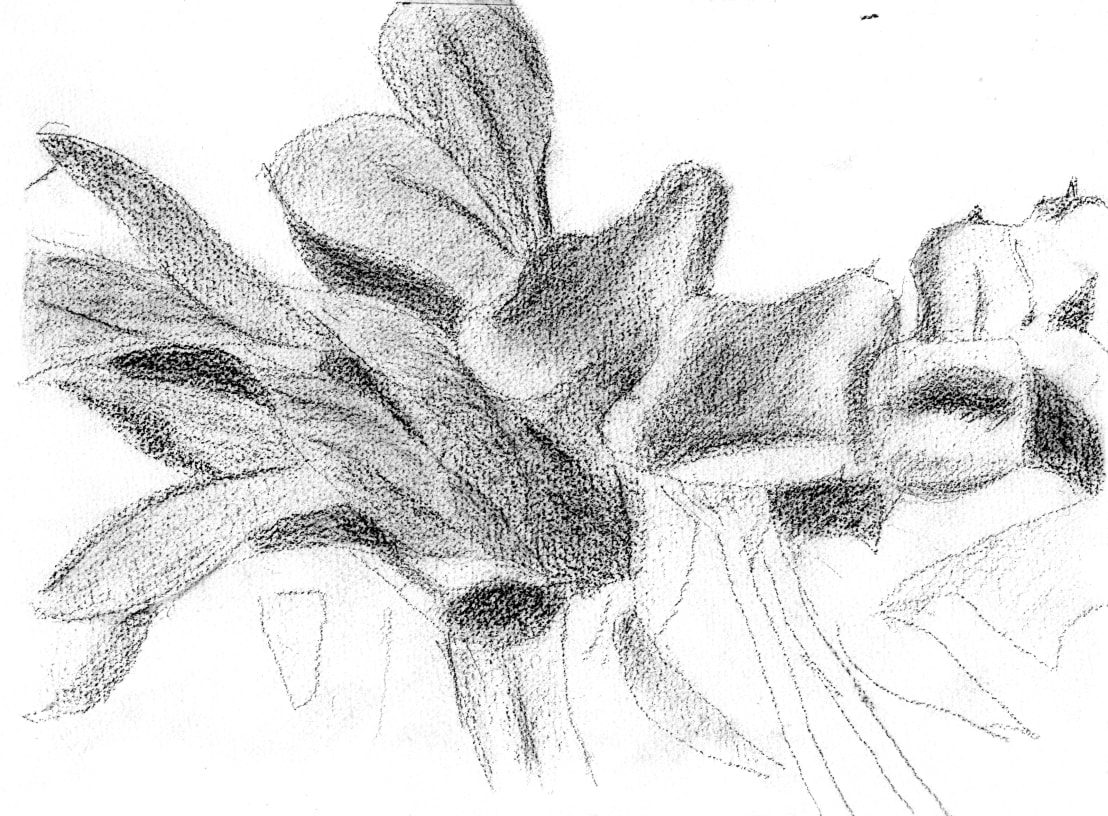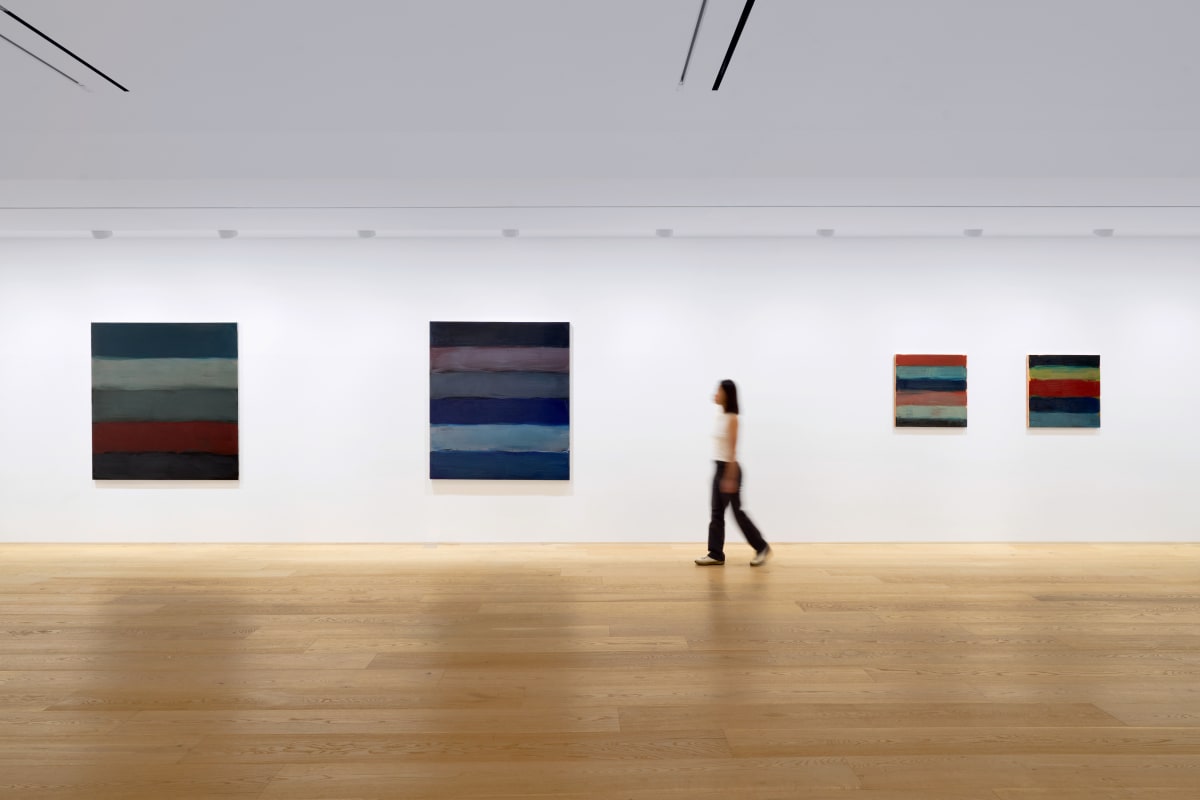

Overview
Longo juxtaposes historical iconography with renderings of recent social and political events culled from media sources, using charcoal to deliberate on the pace of image consumption, creating striking visualisations of power, protest, futility, desire and destruction.
Galerie Thaddaeus Ropac London is pleased to present Let the Frame of Things Disjoint, the first solo exhibition in London by the American artist Robert Longo, taking place from 15 September until 11 November 2017. A catalogue with a text by Tim Griffin will accompany the exhibition.
The exhibition will feature over twenty, new charcoal works exploring the volatility of today’s contemporary climate through the lens of Macbeth’s famed line: ‘let the frame of things disjoint’. Uttered by the treacherous king in admission of his intense guilt, declaring that he would sooner die than live with the consequences of his misdeeds, the passage is understood by Longo as depicting a moment in which the world has already begun to come apart. It is through this ‘disjoint’ that the artist asks viewers to consider our contemporary climate and its chaotic state of flux.
For this exhibition, Longo juxtaposes historical iconography with renderings of recent social and political events culled from media sources, using charcoal to deliberate on the pace of image consumption, creating striking visualisations of power, protest, futility, desire and destruction.
The exhibition begins with a series of disjunctures that establish the frame through which the artist invites viewers to experience his work. A black-lacquer coated, dismembered statue of St Francis of Assisi (Untitled (St Francis Beheaded), 2017) ushers visitors down the hallway, where a drawing of a tattered American flag (Untitled (Election Day 2016), 2017) hangs alongside a distorted depiction of a native American headdress (Untitled (Osage Headdress, American Tragedy), 2017), in turn flanked by a graphite reproduction of Turner’s renowned abolition painting (Untitled (After Turner, The Slave Ship, 1840), 2017). This procession of images, which continues on the upper floor, offers a fragmented historical narrative, dispersed across the two main galleries.
These eight, large-scale charcoal drawings draw the viewer into an unsettling balancing act: they address dualities between natural and man-made destruction, history and the present, confrontation and retreat and observers and observed. Longo has been pushing the boundaries of the charcoal medium for the past twenty years, advancing both the scale of his drawings and the technique with which they are executed. Each distinct work reflects the particularities of his source imagery, calling attention to the image surface, anything from the graininess of a telephoto image of riot police to the pixilation of degraded aerial drone video, or the intricate detail of an x-ray revealing what lies beneath the surface itself.
During preparative research for the show, Longo discovered that Ely House, home to the Albemarle Club between 1908 and 1939, was the first private members’ club to accept women and went on to become the unofficial headquarters of the women’s suffrage movement. It is with this context in mind that Untitled (X-Ray of A Bar at the Folies-Bergère, 1882, after Manet), 2017, is considered a central work of the exhibition. A large-scale, intricately detailed reimagining of Manet’s iconic painting, the piece is a result of Longo’s visit to the conservation department of the Courtauld Institute of Art. X-rays of the canvas came to reveal that Manet had, in fact, altered the barmaid’s pose from one of submission to one of assertion over the course of its painting. For Longo, the uncovered past of Ely House and the x-ray of Manet’s canvas provide an opportunity to perceive the invisible and convey an alternative history.
The works that comprise Let the Frame of Things Disjoint are part of a larger series entitled The Destroyer Cycle. Begun in 2014, they coincide with the year in which the Ferguson riots in Missouri signalled a dramatic rise in racial tension across the United States and in which ISIS declared itself a caliphate. Through this series, the artist processes world politics alongside pressing social and cultural situations, predominantly through the lens of American media, to develop distinct works that together form a condemning portrait of our time.

















































































































































































